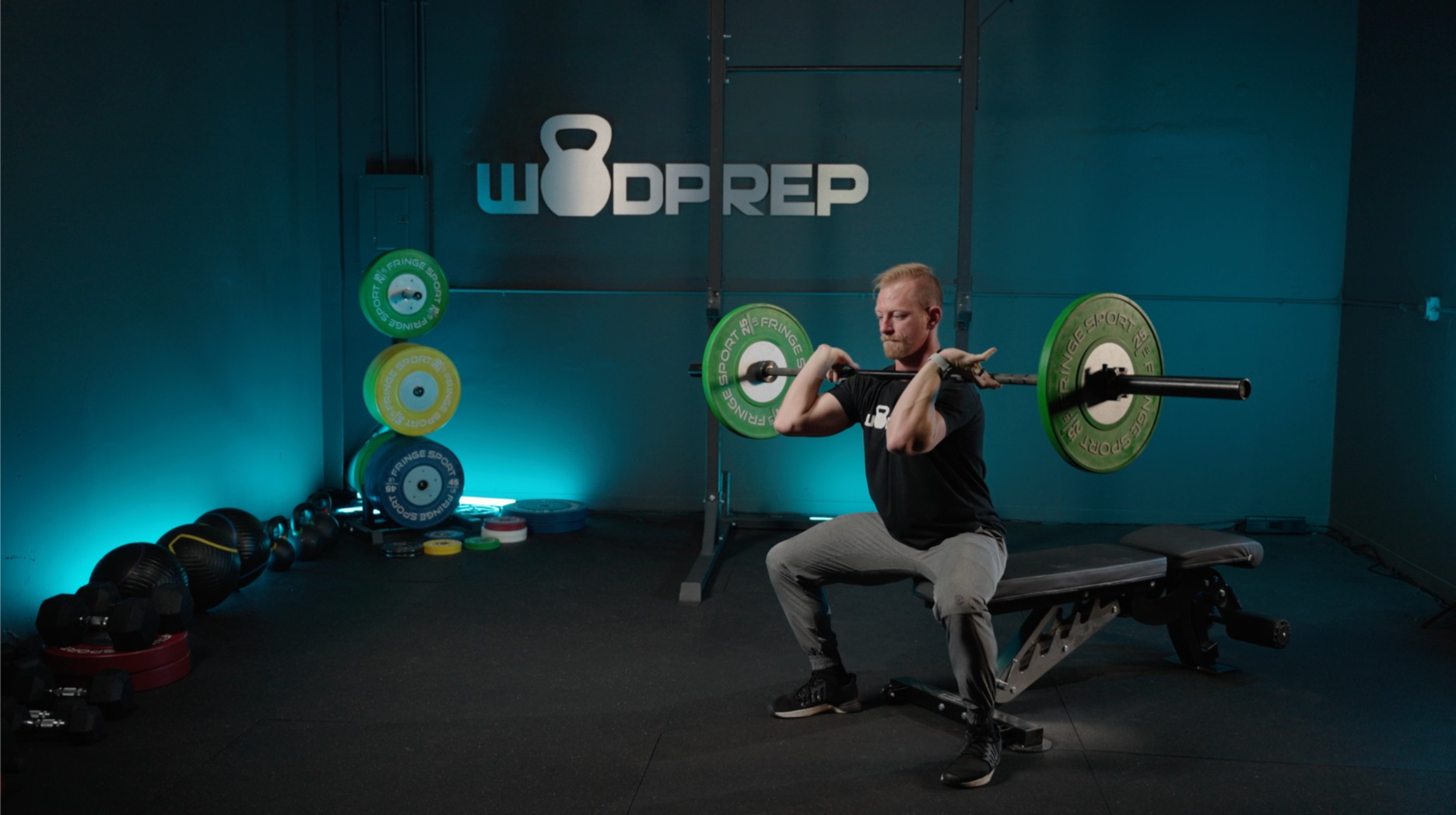Hey, it's Ben from WODprep, and welcome back to our three-part article series on how to get strong for CrossFit. If you missed the first article, make sure to check it out here.
In that initial article, we explored the various components of strength essential for the sport of fitness.
Today, we’re diving deeper into one critical aspect: absolute strength.
Recap of Key Strength Elements
Before we jump into the specifics, let’s quickly recap the foundational elements of strength in CrossFit:
- Gymnastics Skills: Requires a baseline level of strength for high-volume kipping patterns.
- Relative Strength: The ability to perform movements relative to your body weight, like strict pull-ups, handstand push-ups, and ring muscle-ups.
- Power: Often confused with strength, power is the ability to move loads quickly (e.g., snatch, clean, and jerk).
However, the most frequently overlooked and crucial element is absolute strength. This refers to your raw ability to move external loads, irrespective of your body weight. It encompasses movements like deadlifts, strict presses, bench presses, front squats, back squats, and the Pendlay row.

The Six Core Elements of Absolute Strength
Here are the six core elements we use to evaluate absolute strength in athletes:
- Bench Press: A key horizontal pressing movement that, despite being less common in CrossFit, significantly contributes to overall upper body strength.
- Deadlift: A fundamental lift that involves pulling from the floor, vital for building a strong posterior chain.
- Front Squat: Essential for improving movements like cleans, as it combines strength and mobility.
- Back Squat: Another squat variation that emphasizes lower body strength and supports other lifting movements.
- Strict Press: A vertical pressing motion that correlates with strength in movements like push press, push jerk, and handstand push-ups.
- Pendlay Row: A horizontal pulling movement crucial for developing pulling strength, beneficial for Olympic lifts like the snatch and clean.
Why These Movements Matter
Each of these movements plays a unique role in building a well-rounded strength profile. For instance, a strong bench press enhances your capacity for strict dips, and a powerful deadlift contributes to a robust clean.
By developing these core elements, you ensure that your strength is balanced, reducing weaknesses and improving overall performance.
Using the Spider Chart
To visualize your strengths and weaknesses, we use a spider chart. Here’s how it works:
- Imagine you can lift a consistent weight across all six movements.
- Plot these weights on a spider chart to see where you excel and where you fall short.
- This visual representation helps identify which areas need more focus during training.
For example, if your bench press and strict press are strong but your deadlift and back squat are weaker, your spider chart will show an imbalance. By focusing your training on weaker areas, you can create a more balanced strength profile.
Practical Steps to Improve
- Identify Weaknesses: Use your spider chart to pinpoint your weakest lifts.
- Customize Training: Focus your off-season training on these weak points. For example, if your deadlift is lagging, incorporate a deadlift-biased program.
- Measure Progress: Regularly test and update your spider chart to track improvements.
So, What's Next?
Stay tuned for the next article where we’ll delve into how to test and identify your percentile ranking against other athletes, and how to tailor your program to address specific weaknesses. This will help you become a more well-rounded athlete capable of excelling in all areas of CrossFit.
What's the best CrossFit® strength program to join?
For individuals seeking to improve their strength while continuing their CrossFit® training, WPx Strength offers a highly recommended program.
Our 3-Day Strength Program provides three weekly sessions that can be supplemented with short conditioning workouts.
This allows for a comprehensive training schedule that includes both strength and CrossFit® sessions, depending on your availability.
Read the Full Series Here:
The Strength Pyramid: Building a Solid Foundation for CrossFit
How to Build Absolute Strength for CrossFit: Understanding the Six Core Elements
Test Your Absolute Strength & Fix Your Weaknesses
BONUS: What is CrossFit Strength Training? Your Questions Answered
